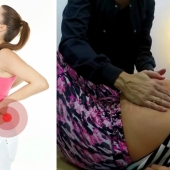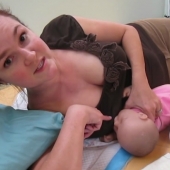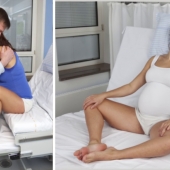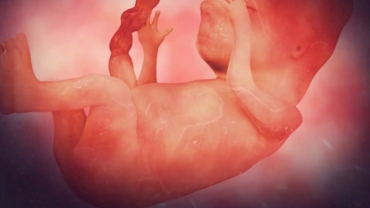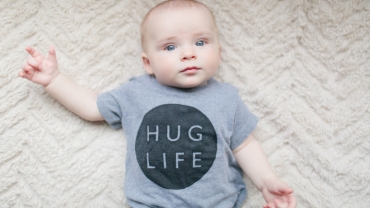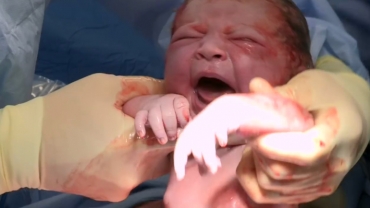Early 1900s: From the mid-19th century to the early 1900s, women wore maternity corsets to disguise their pregnancies.
1920s: The fashion of the day, drop-waist dresses, doubled quite well as maternity wear.
1930s: Separates became more fashionable. Trapeze-style shirts were worn. By the late '30s, women were starting to buy more ready-to-wear clothing, rather than having it custom-made.
1940s: 1940s maternity fashion was designed to conceal the bump.
1950s: By the 1950s, pants had become popular for pregnant women.
1960s: Shift dresses and more tent-like, A-line dresses were popular for all women, easily doubling as maternity dresses.
1970s: Maternity wear in the 1970s utilized empire waistlines and jumpers.
1980s: In 1985, Guess Jeans introduced a maternity line.
1990s: Women began to embrace showing off their baby bumps. In August of 1991, Demi Moore posed pregnant amd nude for Vanity Fair, arguably revolutionizing how we view pregnant bodies.
2000s: Building on trends of the 1990s, the early 2000s placed less emphasis on specific maternity wear.
2010s: Body-hugging dresses and showing off that bump remain a staple of US maternity style in 2017. The United States remains the only industrialized country in the world without mandated paid maternity leave.
- 718 views

